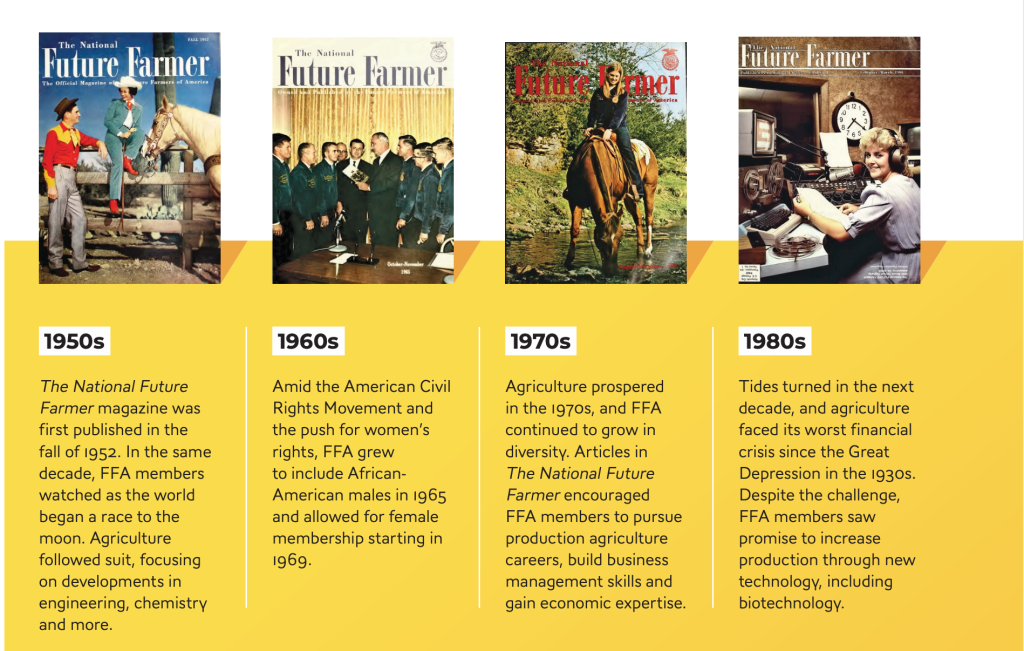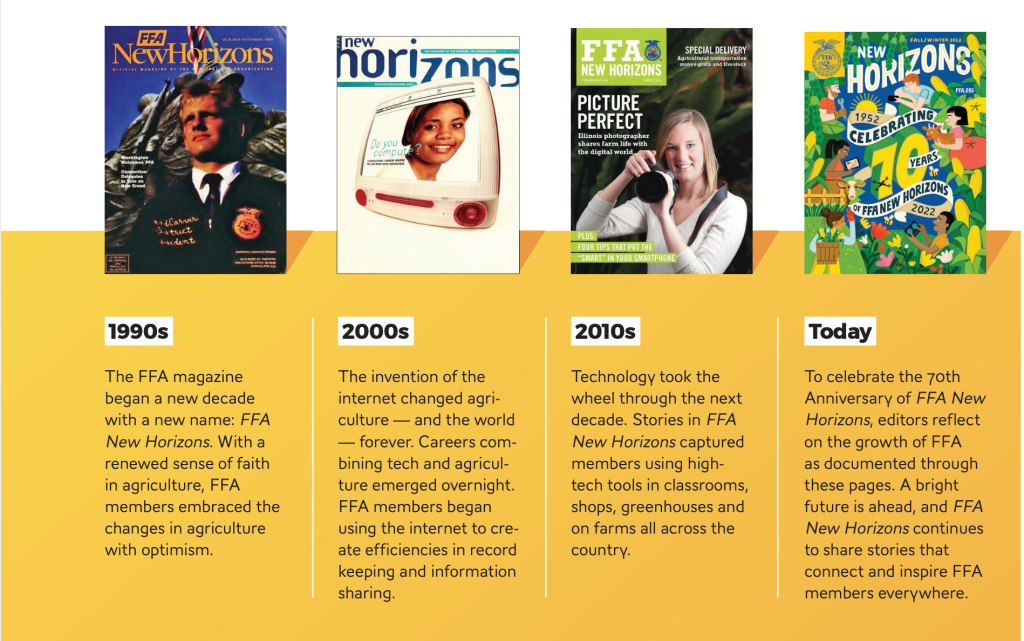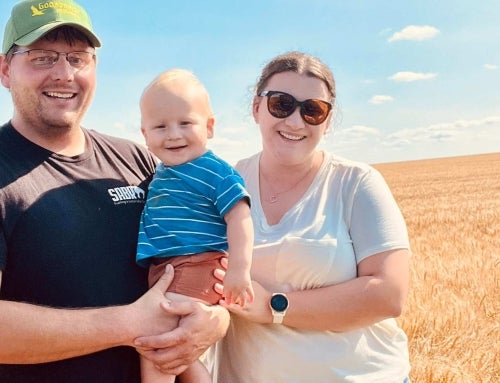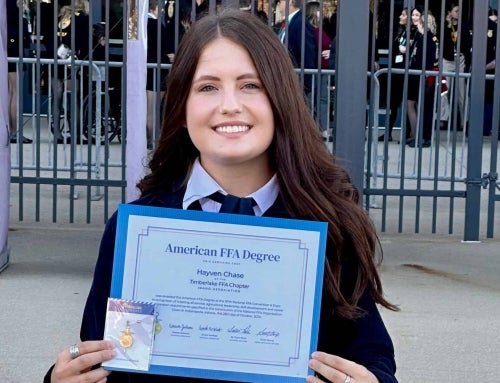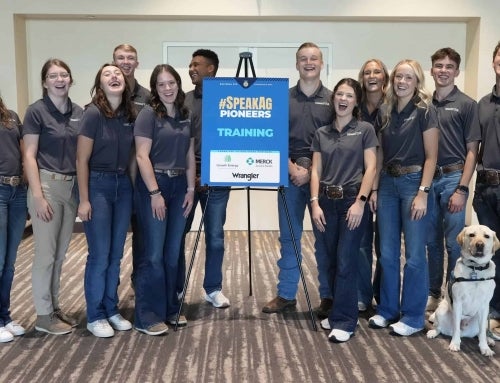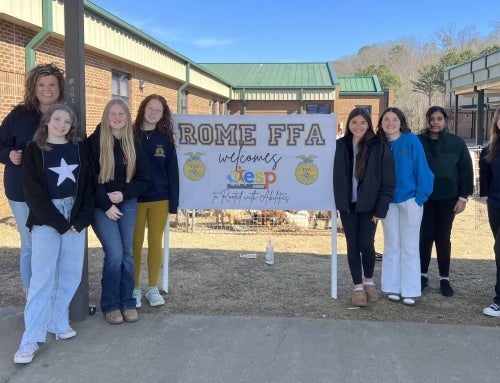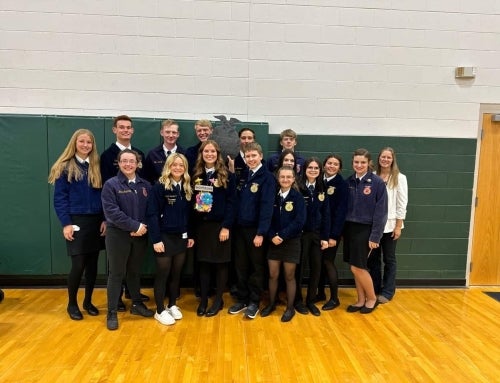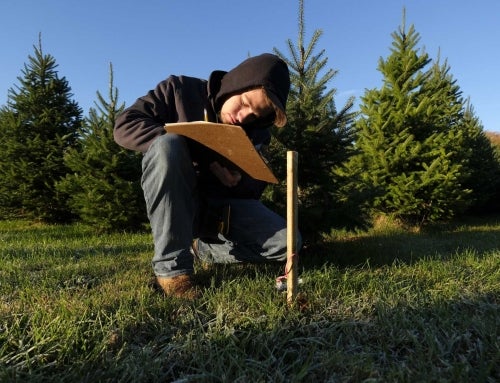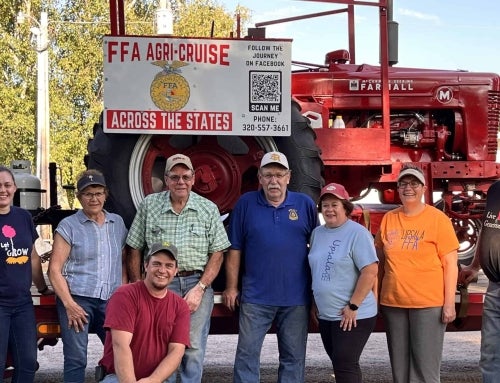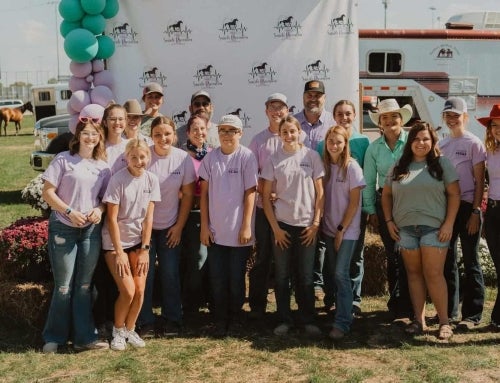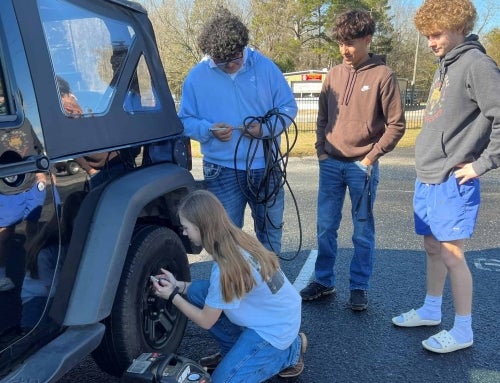You can find them in doctor’s offices across the country. They line the checkout aisles of grocery stores. They arrive through the mail at our homes. Magazines have been an important communications tool since the first literary reviews were published in the 1800s. Distribution of the written word, including pamphlets that drove the American Revolution and gossip sheets of the Victorian era, has developed culture and fostered knowledge transfer throughout society.
 The first agricultural magazine, The Agricultural Museum, was published in 1810 and served as a “repository of valuable information to the farmer and manufacturer and the means of a free communication of sentiment and interchange of ideas on the important subjects of their occupation,” as stated on the cover of the magazine. In other words, it was a publication by farmers, for farmers and about farming. Fast-forward more than 100 years, and The National Future Farmer, a publication for FFA members about FFA activities, hits members’ mailboxes.
The first agricultural magazine, The Agricultural Museum, was published in 1810 and served as a “repository of valuable information to the farmer and manufacturer and the means of a free communication of sentiment and interchange of ideas on the important subjects of their occupation,” as stated on the cover of the magazine. In other words, it was a publication by farmers, for farmers and about farming. Fast-forward more than 100 years, and The National Future Farmer, a publication for FFA members about FFA activities, hits members’ mailboxes.
“It would be nearly impossible to measure the editorial impact of FFA publications,” says Jack Pitzer, a longtime editor of FFA publications. “Thousands of FFA members have been inspired or motivated to greater achievement and found new ideas to start them on their way to success.”
While browsing the National FFA Organization archives, you might run across the National FFA Board minutes from Oct. 7, 1950. The very last line on the very last page reads, “It was moved by Vice President King that the Board of Trustees and Advisory Council advise the delegates at the convention that we are working on a national magazine and have requested that it be published at the earliest possible date.”
Since this motion was made more than 70 years ago, millions of copies of national FFA magazines have been circulated to FFA members across the country. “When I joined the magazine staff in the mid-1950s, our editorial policy at the time was to provide members a well- rounded combination of subject matter,” Pitzer says.
“In selecting articles for the magazine, we tried for a mix of 50 percent about FFA, 25 percent about agriculture, and 25 percent general youth interest.”
Known today as FFA New Horizons magazine, each edition has shared inspiring, impactful and unique stories about members, alumni and supporters. Just as the news has evolved over the years, so has this publication.
Where American History and FFA Merge — A historical timeline of moments that shaped U.S. agriculture and FFA.
The first national FFA publication was published in the late 1940s as Future Farmers of America in Action. It shared convention proceedings and functioned like a scrapbook, printing photos from various national events and programs. The first FFA publication commemorated the 7,188 FFA members who lost their lives while serving in the armed forces during World War II.
By 1952, the publication evolved into The National Future Farmer magazine. The cover featured alumnus Howard J. Miller of Tucson, Ariz., and the 1949 Miss America winner, Jacque Mercer. Writer Louis Bromfield covered the need for better farming practices and scientific methods to raise production. Best agricultural practices of that time included creating irrigation channels using dynamite. Robert Louis Ellis was featured in this issue for winning the New Farmers of America (NFA) top degree, Star Superior Farmer.
A few years later, in 1959, the world was caught up in a race to the moon. A decade before Neil Armstrong took his first steps there, FFA members were encouraged to prepare for “Agriculture in the Space Age” and study fields such as engineering, chemistry, pathology, genetics and business management.
Throughout the 1960s and 1970s, The National Future Farmer continued to document historical moments in U.S. history as reflected in FFA. The national officers met with members of congress and President Lyndon B. Johnson in 1965. NFA and FFA merged that same year, amid the American Civil Rights Movement. American agriculture was booming in the 1970s, but the energy crisis posed a big challenge for continued success, as noted in the editor’s letter by Wilson Carnes in the August-September 1973 issue.
The 1980s farm crisis brought skyrocketing 80s farm debt, soaring interest rates, low commodities prices and high input costs to farms. During that time, stories in the magazine expressed optimism for future agriculturists, sharing the promise of biotechnology to increase production. In 1989, the magazine changed names to become FFA New Horizons, representing a new era and a renewed faith in the future of agriculture.
 True to its name, FFA New Horizons captured 2000s life-changing events through the turn of the century and beyond, including what the invention of the internet meant for agriculture, and member and chapter reactions to the attack on the World Trade Center on Sept. 11, 2001.
True to its name, FFA New Horizons captured 2000s life-changing events through the turn of the century and beyond, including what the invention of the internet meant for agriculture, and member and chapter reactions to the attack on the World Trade Center on Sept. 11, 2001.
Where Technological Advancements Are Predicted — The evolution of agricultural technology shown through FFA member experiences.
The pages of FFA publications shared practices and technologies that were ahead of the times. Pages within the fall 1980 issue predicted what agriculture might look like in the future. Before ethanol was a mainstream product, readers were encouraged to feed their cattle biomass by-products from energy production. Only a decade later, corn growers in the United States would lead the charge in ethanol production, which today produces by-products that are high-protein, high- fat and high-fiber feed for livestock.
Before the first genetically modified (GM) seed products hit the market, The National Future Farmer shared insights into plant breeding experiments. That same year, the first GM seeds were patented, and one year later, the magazine cover featured FFA members studying genetic engineering.
Early issues of the magazine recommended ways for members to simplify record keeping by hand. In 1988, The National Future Farmer shared how one FFA member won the Star in Agriscience, National Diversified Crop Production proficiency award and acceptance into a prestigious technology program — all in the same year — because of his ingenuity in using computers on the farm. Mark Knudson from North Dakota created programs from scratch that allowed him to track financial information, crop production records and compliance with government wheat and feed grain programs.
It was considered revolutionary at the time, but Knudson would likely complete all these tasks from his cell phone today, as smartphones and apps are tools for record keeping, crop monitoring, social media advocacy and more.
Where Members and Their Stories Shine — The many faces and experiences of FFA members, alumni and supporters.
FFA members, alumni, and supporters today represent a variety of faces, places and experiences. Throughout the decades, FFA publications have documented how the organization has grown.
As early as the first issue of The National Future Farmer, both men and women have graced the cover. However, the first female farmer wasn’t spotlighted until 1959, before females gained FFA membership. Mary Jane Zipse of Mt. Morris, Ill., grew up in agriculture and always knew she wanted to work on the farm. Her advisor, Melvin Burkhalter, is quoted: “She could have been an American Star Farmer herself if girls were eligible.” Ten years later, females were granted FFA membership. Another decade later, Debbie Nelson of Canton, Minn., became the first female FFA member on the cover of The National Future Farmer for her work in the equine industry.
Other notable magazine covers include moments with members who represented the true cultural diversity within the National FFA Organization. In a 1954 issue, Floyd Middle River of the Blackfoot tribe from Browning, Mont., was recognized for his part in a tribal dance showcase at the National FFA Convention. In 1981, Hispanic-American and African-American members were represented for the first time by Nicholas Juan of the Baboquivari FFA Chapter in Arizona and Dwaine Rowe of the Paris FFA Chapter in Tennessee.
Scrolling through the 100-plus archived copies of FFA publications marries the worlds of FFA timelines and U.S. history. Their advertisements reflect the evolution of agricultural machinery and technologies. As FFA has evolved, its magazines have shown growth and change through its members. These moments are forever memorialized because of a single motion at a National FFA Board meeting and the work behind FFA New Horizons.
“I’m 80 years old now, and I was a part of these publications for over half of my life,” Pitzer says. “In all that time, I learned that magic happens in FFA. Members in towns all across America learn things that their families and teachers never even knew existed. They learn what they want to do in their lives and have a big impact on agriculture.”